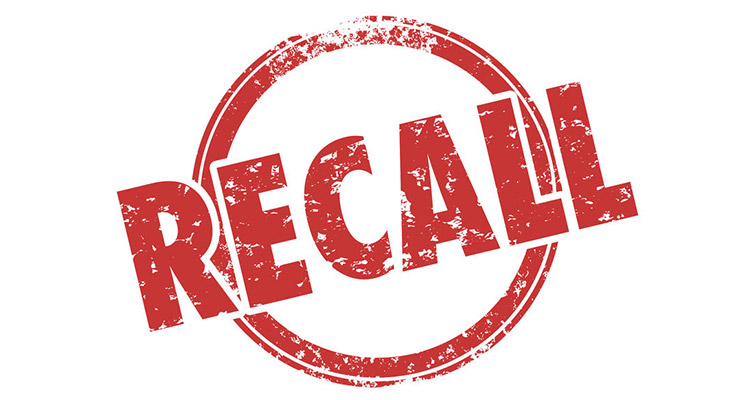So You Have a Recall
 Late last year, I got to have a front row seat for a major product recall from one of the world’s largest electronics manufacturers.
Late last year, I got to have a front row seat for a major product recall from one of the world’s largest electronics manufacturers.
Well, maybe it’s not accurate to say I had a front row seat –more like, as a distributors’ rep, I was on the sharp end of the stick, having to manage the recall with my dealer network.
Let’s just be grateful that product recalls in consumer electronics are blessedly few and far between.
In some sectors, recalls are an almost-daily occurrence. Just in casual observation, manufacturers of kids’ toys and baby accessories, from everything from cribs to car seats, run recalls constantly — or at least it seems so.
At the time, it was an enormous hassle that left me chained to my desk for over two months handling my responsibilities. That meant no store visits, no sales calls and no new product meetings while I worked my phone and email to coordinate the recall in my territory.
In retrospect, it wasn’t that bad, although it seemed that way at the time, and our vendor partner handled their responsibilities about as well as they could be expected to.
Part of the manufacturer’s responsiveness was due to their size and presence in the marketplace, to be sure. But a large part was down to their grasp of the importance of looking after their customers and learning from the mistakes that other brands have made.
My experience dealing with that situation on the front end of distribution got me thinking and doing a lot of reading on the subject. Being able to effectively handle a recall, when it comes, is a valuable set of skills to have ready to go in your toolbox, no matter where you are in the supply chain.
It’s not unusual for large manufacturers to have prepared plans for recall processes in the box, ready to be rolled out if necessary. They’ll make use of resources to have all their operational, logistical, legal and public relations teams ready to work from the same playbook. I referred to child safety product manufacturers before, who seem to have this process down to a science.
If you’re elsewhere in the supply chain, you’ll end up playing your part in your vendor partner’s plans. With that in mind, it’s helpful to understand where they’re coming from.
Promptness is the greatest virtue in announcing a recall. Sooner is better than later to issue a public statement and begin rolling out the logistics and the PR management.
Next in order is the need to take responsibility and full ownership of both the problem and the solution. The greatest PR blunders occur when brands try to kick the can down the road, which only amplifies negative public perception, not to mention possible legal costs later on. Frequent, transparent communication via press and social media can ameliorate public perception.
Part of taking ownership involves proactively moving on the issue before government regulators do. While regulatory bodies responsible for public safety have an important role, they can be slower to respond than the manufacturer. The time delay while a regulator decides there’s a problem can be costly. Better to be proactive instead of waiting to be told what to do.
Separate but related to the prior points: Frequent, transparent communication is vital. Whether your job is to communicate the status of the recall to the general public or with stakeholders in the supply chain such as resellers and distributors, regular updates on how the recall is progressing goes a long way towards keeping tempers in check.
In order to best communicate that means all messaging has to be both consistent and accurate. I mentioned before that everyone has to be playing from the same playbook. That’s why it’s important that everyone involved at every level needs to be given consistent information.
Lastly, the guiding principle behind rolling out a recall should be the safety and well-being of your customers. All other considerations like profit, lost, brand-image and reputation are secondary to that.





